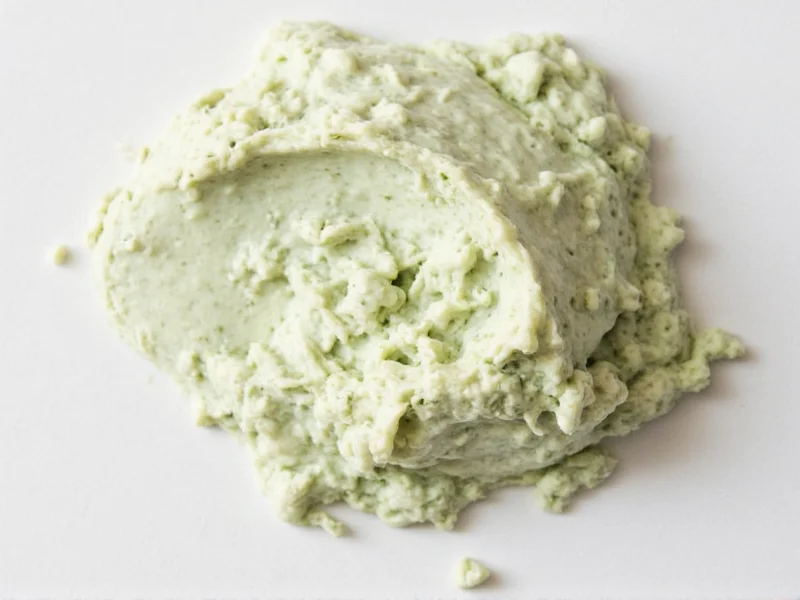Dill mayo has become a staple in modern kitchens for good reason. This simple yet sophisticated condiment bridges the gap between traditional mayonnaise and herb-infused sauces, offering a refreshing alternative to standard spreads. Unlike commercial versions that often contain preservatives and artificial flavors, homemade dill mayo allows complete control over ingredients and flavor balance.
The Essential Components of Quality Dill Mayo
Creating exceptional dill mayo requires understanding each component's role. The foundation is high-quality mayonnaise, which provides the emulsified base. Real dill—preferably fresh rather than dried—contributes distinctive flavor notes that dried herbs can't replicate. The magic happens when these elements combine with complementary ingredients that enhance rather than overpower the delicate dill profile.
Classic Homemade Dill Mayo Recipe
Follow this straightforward method to create restaurant-quality dill mayo at home. The recipe yields approximately one cup and requires just 10 minutes of preparation time.
| Ingredient | Measurement | Preparation Notes |
|---|---|---|
| High-quality mayonnaise | ¾ cup | Full-fat version provides best texture |
| Fresh dill | 3 tablespoons | Finely chopped, stems removed |
| Fresh lemon juice | 1½ tablespoons | Essential for brightness |
| Garlic | 1 small clove | Minced or pressed |
| Salt | ¼ teaspoon | Adjust to taste |
| White pepper | ⅛ teaspoon | Provides subtle heat |
Step-by-Step Preparation Guide
Combine all ingredients in a medium bowl. Whisk gently until thoroughly incorporated—avoid overmixing which can break the emulsion. For optimal flavor development, cover and refrigerate for at least two hours before serving. This resting period allows the dill's essential oils to infuse throughout the mayonnaise base.
When preparing homemade dill mayo, ingredient temperature matters. Use cold ingredients to maintain the emulsion's stability. If your kitchen is particularly warm, chill your mixing bowl beforehand. The ideal serving temperature is between 40-45°F (4-7°C), when the flavors are most pronounced without being overly sharp.
Variations for Different Culinary Applications
Dill mayo adapts beautifully to various culinary contexts. For seafood applications, add ½ teaspoon of capers and 1 teaspoon of finely minced shallot. Sandwich versions benefit from ¼ teaspoon of onion powder and a pinch of paprika for color. When serving as a vegetable dip, increase the lemon juice by ½ teaspoon to cut through the mayo's richness.
Many home cooks wonder how dill mayo differs from tartar sauce. While both contain mayonnaise and dill, tartar sauce typically includes chopped pickles or relish and sometimes hard-boiled egg, creating a chunkier texture and tangier profile. Dill mayo maintains a smoother consistency with dill as the dominant flavor note.
Optimal Storage and Shelf Life
Properly stored in an airtight container, homemade dill mayo remains fresh for 5-7 days in the refrigerator. The acidity from lemon juice helps preserve it, but freshness inevitably declines after day four. Never leave dill mayo at room temperature for more than two hours. For best results, prepare it the day before intended use to allow flavors to fully develop.
When storing, place plastic wrap directly on the surface of the mayo before sealing the container. This prevents oxidation and maintains color. Avoid freezing dill mayo, as the emulsion will break upon thawing, resulting in a watery, separated product.
Perfect Pairings for Dill Mayo
This versatile condiment shines across multiple applications. It's exceptional with grilled salmon, shrimp cocktails, and crab cakes. As a sandwich spread, it complements turkey, roast beef, and vegetable wraps beautifully. For appetizers, serve alongside cucumber slices, roasted potatoes, or as a dip for artichoke hearts.
Professional chefs often use dill mayo as a base for more complex sauces. Thin it with a small amount of buttermilk for a salad dressing, or blend with roasted red peppers for a vibrant dipping sauce. The key is maintaining the delicate dill flavor while adapting to different culinary contexts.
Troubleshooting Common Dill Mayo Issues
Several issues can arise when making dill mayo. If the mixture appears curdled, the mayonnaise base was likely too warm when combined with cold ingredients. Start over with chilled components. For overly strong dill flavor, balance with additional mayonnaise and a pinch of sugar. If the sauce seems too thick, incorporate additional lemon juice one teaspoon at a time rather than water, which dilutes flavor.
One frequently asked question concerns dill quantity. Fresh dill varies in potency based on growing conditions and season. When in doubt, start with less—you can always add more, but you can't remove it once incorporated. The ideal ratio maintains dill as a supporting flavor rather than overwhelming the mayonnaise base.
Understanding Quality Indicators
High-quality dill mayo exhibits specific characteristics. The color should be pale yellow with visible flecks of green dill. Texture remains smooth and creamy without separation. Flavor balances the richness of mayonnaise with the bright, slightly grassy notes of dill and the acidity of lemon. The garlic should provide background warmth without dominating.
Commercial dill mayos often contain stabilizers and preservatives that affect texture and flavor. When selecting store-bought versions, check for minimal ingredients and avoid products listing 'natural flavors' which often mask lower-quality components. The best commercial options list only mayonnaise, dill, vinegar, salt, and spices.











 浙公网安备
33010002000092号
浙公网安备
33010002000092号 浙B2-20120091-4
浙B2-20120091-4